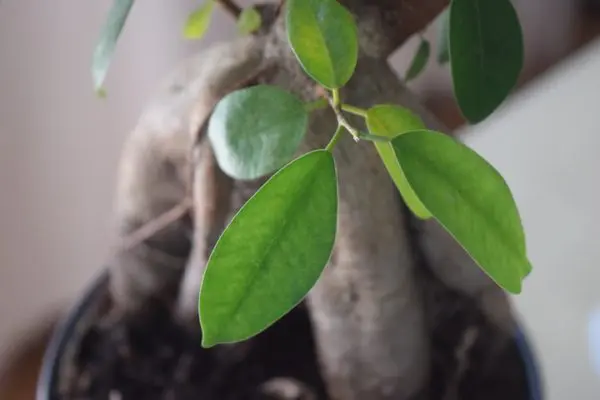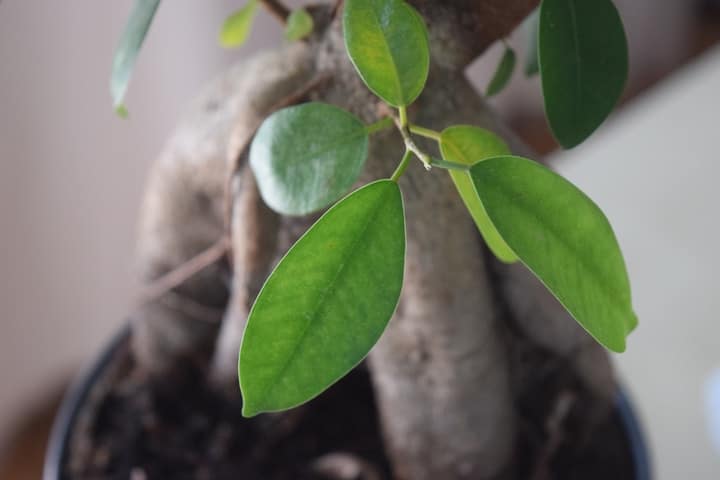
ChatGPT said:
Bonsai trees are fascinating little wonders that allow you to create a miniature version of nature right in your home or garden. They’re not just plants; they’re works of art! While many of us recognize them, not everyone knows how to grow and care for a Bonsai tree. In this guide, we’ll cover everything you need to know to grow a happy and healthy Bonsai tree.
What Is a Bonsai Tree?
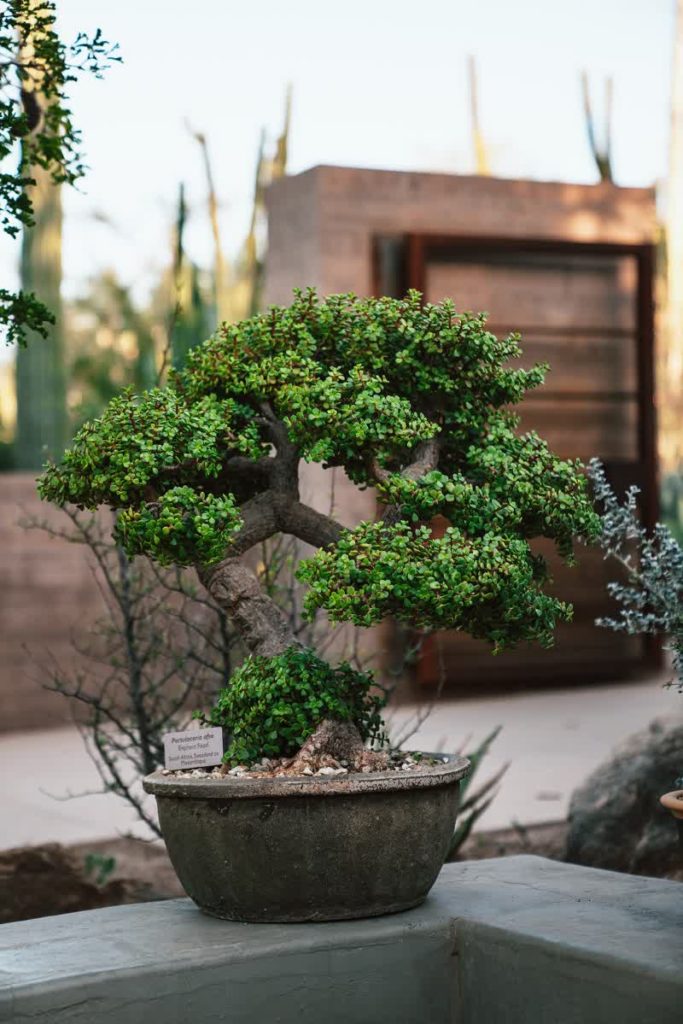
A Bonsai tree isn’t a specific type of tree but rather a style of growing and cultivating a tree in miniature form. “Bonsai” translates to “planted in a container,” and that’s exactly what it’s all about—growing real trees in pots. This East Asian art form is based on creating a scaled-down version of a mature tree, using very careful and specific growing techniques. And contrary to popular belief, Bonsais aren’t genetically dwarfed—they’re regular trees that are kept small through pruning and growing in containers.
Types of Bonsai Trees
Bonsai trees come in many different shapes, sizes, and species. Here are a few of the most popular types:
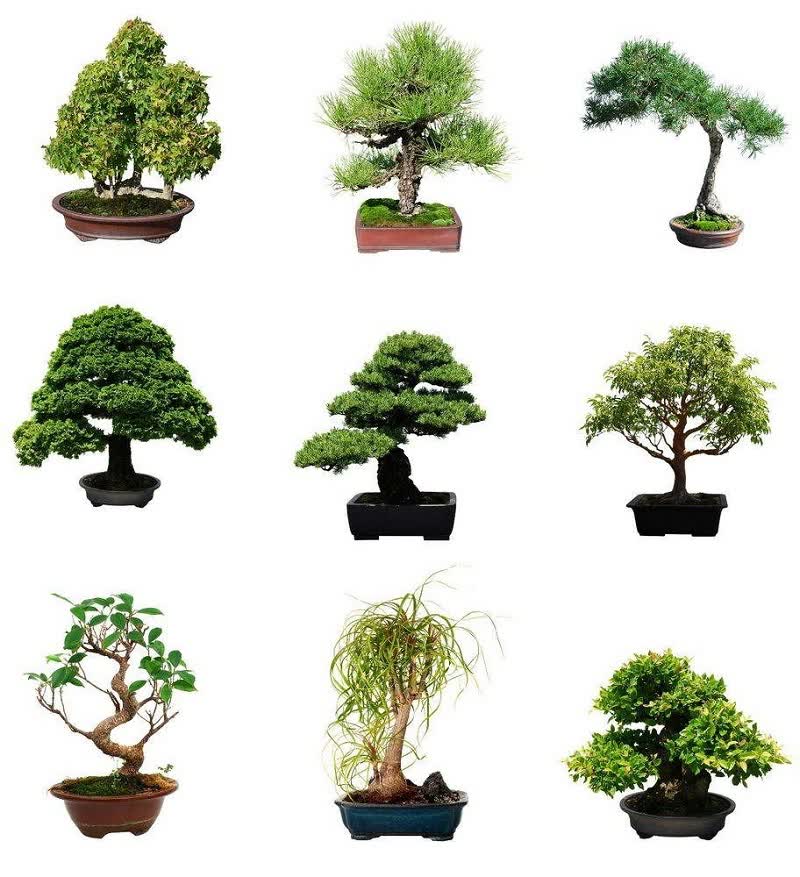
- Japanese Cherry Bonsai
Known for their beautiful pink blossoms, these trees have a long-standing tradition in Japan. They require precise care, especially during pruning in the spring. Make sure to keep them well-watered but never soggy. - Bonsai Ficus
A popular choice for beginners, the Ficus is easy to care for and does well indoors. It’s sensitive to frost, so make sure to keep it warm and away from cold temperatures. - Ficus Benjamina (Weeping Fig)
This Bonsai is known for its long, drooping branches and broad leaves. It’s an evergreen that thrives in sunlight and should be watered regularly but not overwatered. - Juniper Bonsai
A hardy and low-maintenance Bonsai, the Juniper is perfect for outdoor settings. It requires full sun and doesn’t like being indoors, especially in the winter. - Japanese Maple Bonsai
With its delicate leaves, the Japanese Maple is a stunning Bonsai choice. It’s a bit more challenging to grow but worth the effort. It needs plenty of water, especially during hot weather, but it does well in direct sunlight, with some protection during peak heat. - Bonsai Apple Tree
Yes, you can grow apples in miniature form! A Bonsai Apple Tree produces lovely flowers in the spring and small apples that ripen over time. It’s perfect for a small garden or an indoor space with plenty of sunlight. - Oak Bonsai
Known for its sturdy branches and multi-lobed leaves, the Oak Bonsai is a great choice if you want something that’s resistant to cold temperatures. It doesn’t like soggy soil, so be sure to let it dry out between waterings. - Ginkgo Bonsai
One of the oldest trees on Earth, the Ginkgo is famous for its fan-shaped leaves. It sheds its leaves in the fall and requires some protection from extreme cold weather. It’s best grown outdoors. - Japanese Winterberry Bonsai
This Bonsai is unique for its bright red berries, which contrast beautifully with its grayish-white bark. To get the berries, you’ll need both a male and female tree for pollination. - Chinese Quince Bonsai
The Chinese Quince produces large, dark green leaves that turn yellow and red over time. The sturdy bark is deep brown, making it a beautiful ornamental Bonsai. - Snow-rose Bonsai
Also known as Serissa, this Bonsai is covered with tiny white flowers that resemble stars. It’s sensitive to temperature changes, so it should be moved indoors during colder months.
How to Grow a Bonsai Tree from a Cutting
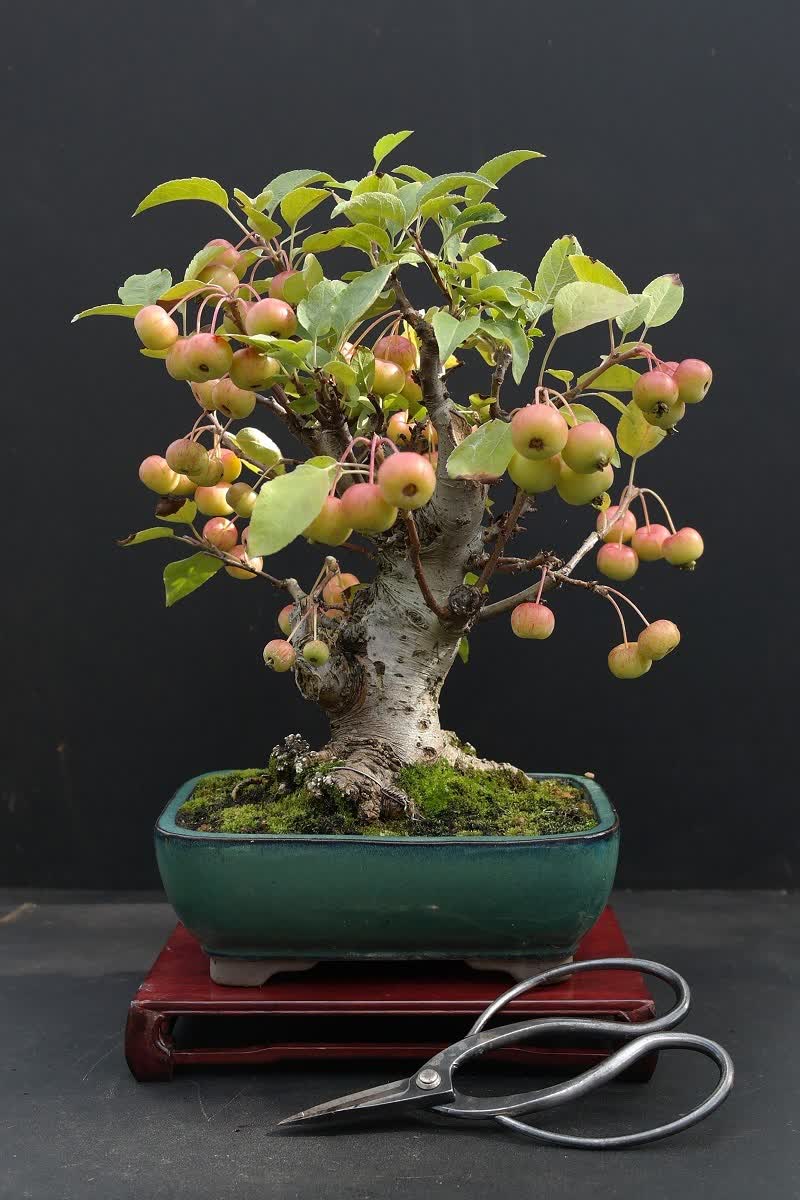
Growing a Bonsai from a cutting is a popular method and can be done year-round, although spring and summer are the ideal seasons for this. Here’s how:
- Prepare the Pot
Select a medium or large-sized pot with good drainage. Add a layer of grit or lava rock at the bottom to ensure proper drainage. - Get Your Cutting
Choose a healthy Bonsai tree to take a cutting from. Cut a small twig at a 45-degree angle. It should have a few leaves on it. - Plant the Cutting
Place the cutting about an inch into the soil and water it well. Keep the soil moist but not soggy for the next few weeks. - Wait for Growth
During the growing period, ensure that the cutting gets enough sunlight and remains in a warm, moist environment.

